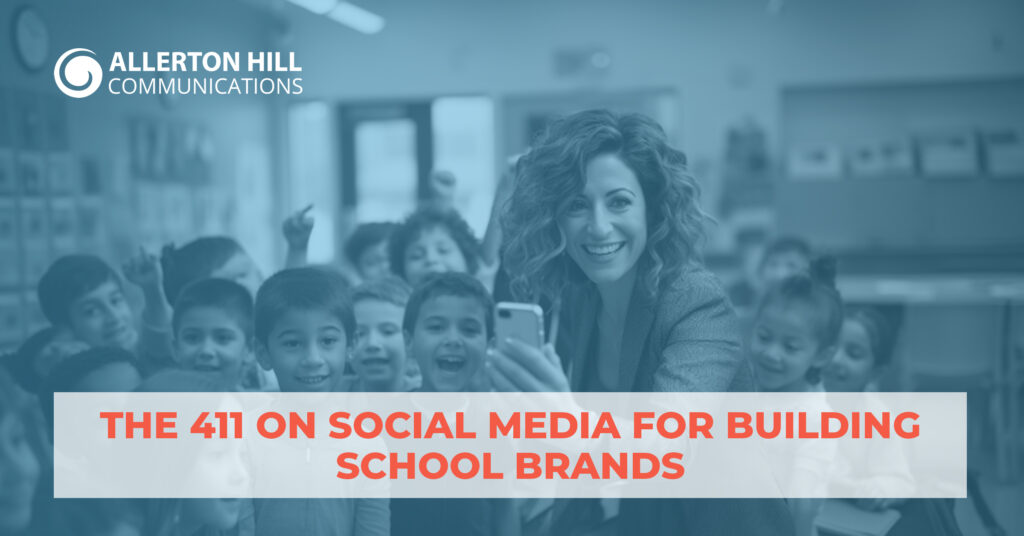Whether you are convinced that social media is the place to be or you are on the fence, we’ve got the 411 on schools and social media.
Social media is part of our lives and it’s been that way for decades. In fact, next year will be 20 years since Facebook began. It’s an important place to be present, especially for school districts trying to engage with their community or be proactive about communicating. The truth is, your community is talking about your district on these platforms whether or not you are.
But each platform has a niche audience, and algorithms change frequently. It’s not as simple as hitting “go” and posting a picture. So how can you effectively use social media to build your district brand? Here are four tips to get — and keep — you on the right track.
- Define your goals
We’ve taken care of this step for you. The purpose of social media for schools is to share positive news that tells your district’s story. Therefore, your primary goal for social media should include creating compelling and engaging content (think photos, videos and graphics) that shine a light on your staff and the student experience, inside and outside of the classroom. Give your community something great to talk about and be proud of!
- Choose your platform(s)
Each social media platform has a unique audience. Each one displays content differently, too. For example, the largest Facebook audience in 2021 was men aged 25-34, accounting for 19% of the total reach, and Facebook Stories are becoming increasingly popular. Comparatively, the average Instagram user is between 18 and 24 years old for males, and 25 and 34 for females. Photos with short captions do the talking on this platform. Interestingly enough, the vast majority of the districts we support with social media management find their audiences on both platforms are typically 25-44-year-old females. We highly recommend being on both Facebook and Instagram.
You may need to do a little research to find out what the best platform(s) for your district might be and keep an eye on who is seeing and interacting with your content. If your district has performed a community survey recently and asked for respondents’ ages and/or gender and communication preferences, this might be a good place to start. It could also take a few months of trial and error and reviewing metrics.
- Create a content calendar
No matter the platform, social media algorithms reward people and organizations who post frequently and receive high engagement. Developing a content calendar will help ensure you’re posting valuable content often enough to get noticed — and shared. A good place to start is by creating a checklist of services, departments and programs you want to showcase and ensure you are putting the systems in place behind the scenes to gather those photos and videos to share.
- Monitor your efforts
Measuring the effectiveness of communications is often difficult but social media offers quite a bit of helpful data. Review your metrics regularly to see what’s working and what’s not, and adjust accordingly. Allerton Hill Communications recommends schools measure audience growth, engagements and engagement rates. Some scheduling tools can even help you pull out actionable data points such as what day and time your posts are getting the most views and engagement.
Just like social media platforms have a niche audience, so does Allerton Hill Communications. You guessed it – we LOVE telling school stories! If you are interested in getting your district started or being more strategic in how you are utilizing social media, we would be happy to discuss your unique situation to assess if a social media audit and/or social media management would help you get you where you want to go. We would love to help elevate your district’s brand. Email us!



